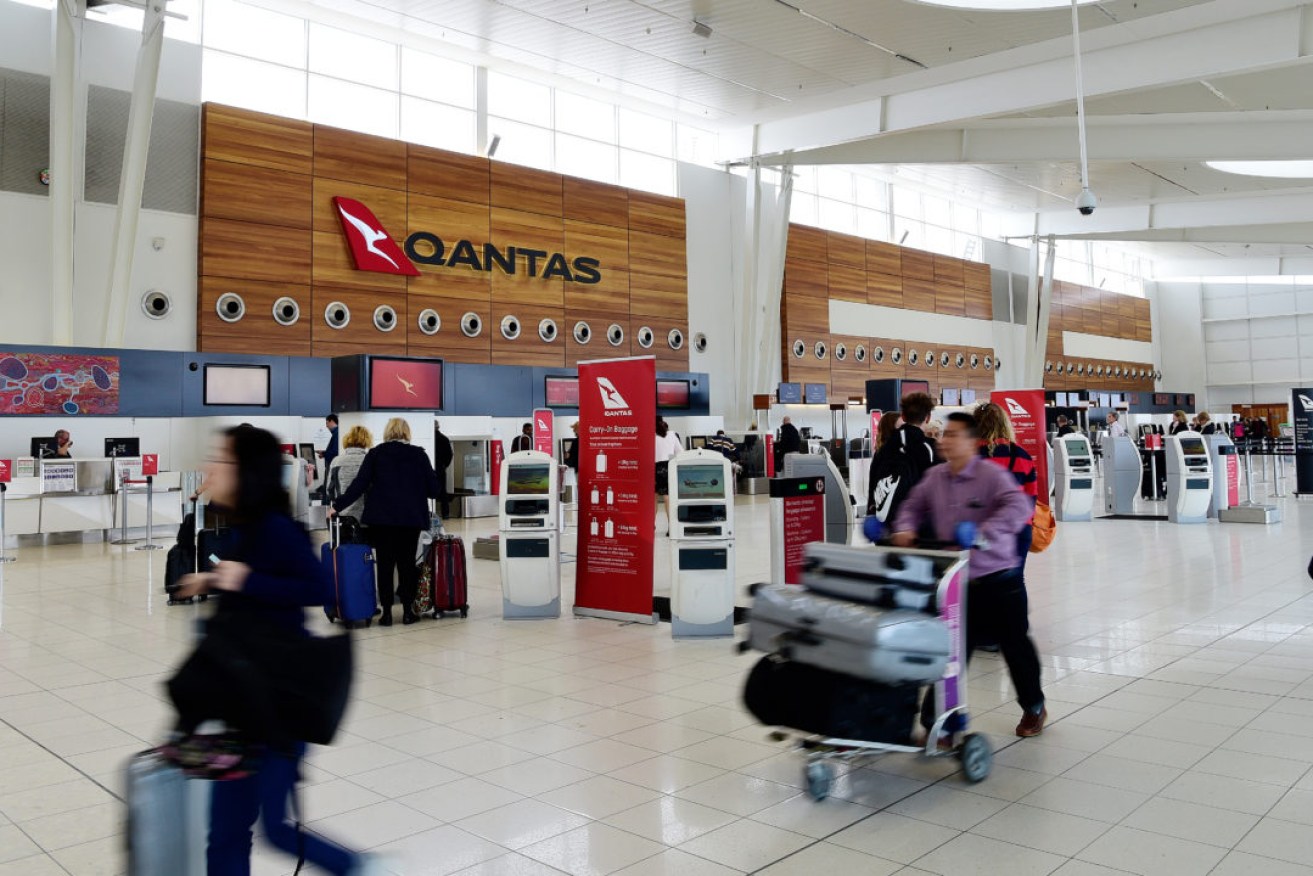International arrivals to Adelaide on rise as quarantine system holds firm
International arrivals into South Australia have risen sharply in the past two months, leading to the expansion of Adelaide’s hotel quarantine program and an increase in quarantined coronavirus infections recorded in the state.


Photo: AAP/Bianca De Marchi
ABS figures released yesterday show South Australia had 1260 arrivals in September, up 12.4 per cent on August and more than triple the 290 and 380 who arrived in June and July.
This has coincided with the expansion last month of the state’s medi-hotel capacity, with another hotel coming on board to increase the capacity from 500-800 people a week.
Of that, 600 beds are reserved for international arrivals – up from 240 previously, 100 for domestic arrivals from high-risk areas and a further 100 reserved for local community outbreaks.
Three new coronavirus cases yesterday took the number of new infections in the state this month to 12, the highest since August when 13 cases were recorded.
However, all of the infections are in returned overseas travellers contained within hotel quarantine and SA Health says they do not pose a serious threat to the community.
Three women aged in their 20s, 30s and 60s who recently returned from overseas on the same flight returned positive results from their day one quarantine tests.
A State Government spokesperson said the government was continuing to look at options to further increase its hotel quarantine capacity.
They said SA Health’s public health team had given the green light to three international airlines to increase the number of passengers on flights arriving in Adelaide
“Returned Australians are often coming from jurisdictions with higher infection rates than what South Australia has achieved through our strong response to the pandemic,” the spokesperson said.
“The arrivals are quarantined in a manner which is a negligible risk to the community.”
“We are committed to getting these people home to their family, friends and communities in a controlled manner which will not risk public safety.”
There have been six new infections reported in the past week and 12 so far this month – just one short of the August figure, which is the highest month for new infections in SA since the virus peaked in April.
There are now six active cases in SA, bringing the total number of cases in the state to 479.
Of greater concern to the state is the increasing number of locally acquired cases in NSW, which has an open border with South Australia.
NSW reported 14 new cases of COVID-19 yesterday, 11 of which are locally acquired. A further six locally acquired cases were reported there this morning.
The new figures have raised alarm bells among state leaders, with embattled NSW Premier Gladys Berejiklian saying NSW has reached the same tipping point it did in July after the Crossroads hotel cluster.
The SA Government spokesperson said chief health officer Professor Nicola Spurrier had a “fantastic working relationship with her NSW counterpart”.
“We will continue to monitor the situation in NSW,” the spokesperson said.
“Our focus is on keeping the people of SA safe, and as we have done throughout this pandemic we will act swiftly on health advice.”
There were no overseas arrivals in South Australia in May following the state’s hard border lockdown with just 700 returning before they were finalised in April.
While the SA September figures show a significant increase on August they represent just a fraction of the 54,000 overseas arrivals to the state in September 2019, according to the ABS figures.
NSW continues to take the lion’s share of arrivals with 10,090 landing last month while Victoria has had just 120 people come in from overseas since the end of June.
Queensland and Western Australia have consistently taken in between 2000 and 3000 people from overseas a month since the start of July.
Overall, Australia had 16,700 overseas arrivals in September consisting of 8,900 returning Australian citizens, 2,700 permanent residents and 2,900 temporary visa holders.
For non-Australians the top five home countries of arrivals were New Zealand, the UK, China, India and the US.




